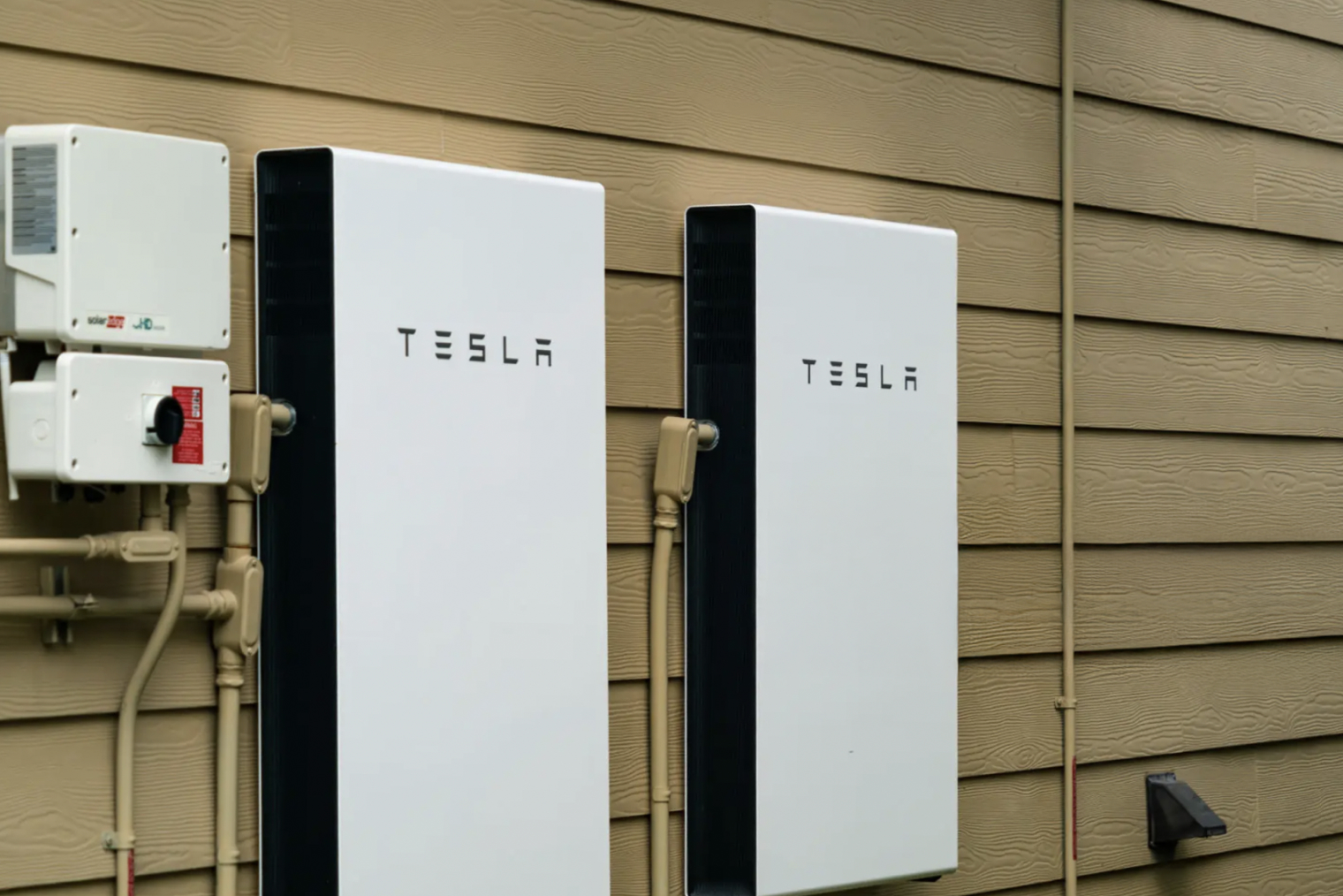Solar batteries store energy in kilowatt-hours (kWh), with typical capacities up to 12 kWh or more. Additional storage can be achieved by linking multiple batteries or creating a battery bank.
A solar battery enhances a solar-powered home by storing energy for use when solar panels aren’t generating electricity. This guide breaks down the essentials:
Adding battery storage to your solar system increases energy independence, reduces costs, and supports sustainability by storing excess solar power for use when the sun isn’t shining.

Solar batteries store excess electricity produced by your panels during peak sunlight hours, allowing you to use it later. Without a battery, surplus power is sent to the grid, potentially earning credits through net metering. Batteries, however, let you retain that energy for your home, maximizing your solar investment.
Costs typically range between $10,000–$15,000, including installation. Factors influencing price include battery capacity, chemistry, and whether you add storage initially or after installing solar panels.
Key factors to evaluate:
Solar batteries can reduce grid strain by storing surplus energy during peak solar production hours and redistributing it during high-demand periods. These systems contribute to "virtual power plants," which help balance energy supply.
With sufficient storage, going off-grid is possible, though it requires careful planning and larger battery capacity to ensure reliability during extended poor weather.
Work with a professional to design and install a battery system tailored to your home's energy needs and local regulations.
Solar batteries store energy in kilowatt-hours (kWh), with typical capacities up to 12 kWh or more. Additional storage can be achieved by linking multiple batteries or creating a battery bank.
Yes, many parts of solar batteries are recyclable. Recycling centers are available in most major US cities, and the EPA is developing national standards for solar equipment recycling.
Work with a trusted installer to ensure proper installation, compliance with local codes, and manufacturer warranties. Most professionals source and install batteries for you.